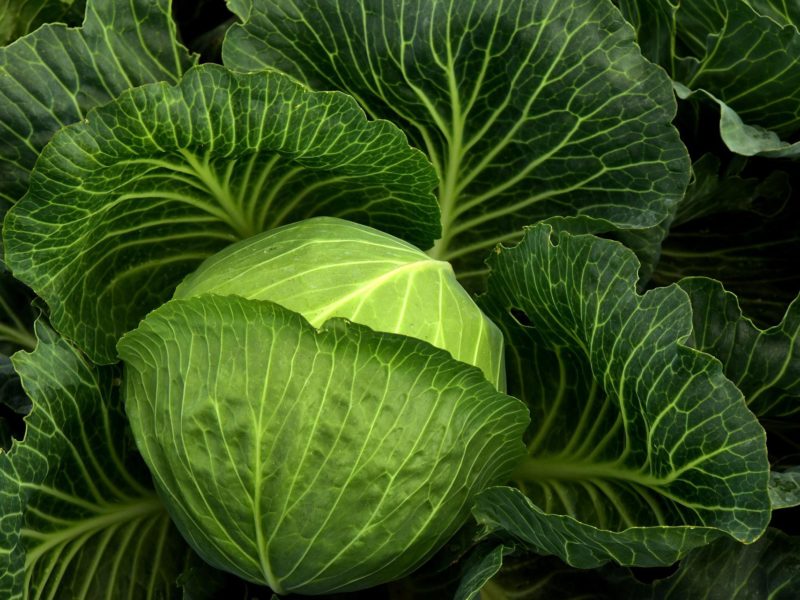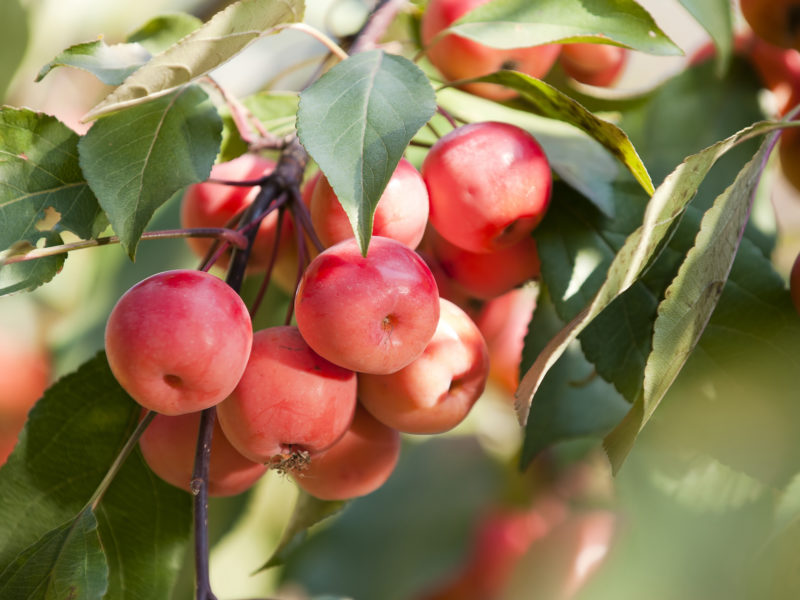Flowers
Divide your herbaceous perennials to keep them vigorous, enrich the soil with compost before replanting.
Buy and plant spring flowering bulbs now. Narcissus and snowdrops in particular prefer to be planted early in the autumn.
Keep feeding and picking over hanging baskets, planters and bedding displays so they look good until the first frosts.
Continue deadheading roses, Penstemons and Dahlias to keep the flowers coming.
Prune back flowered wood on Rambling Roses once they have finished flowering, and tie in new growth.
Continue watering Camelias and Rhododendrons to swell next years flower buds.
Vegetables
Keep watering, September can be a dry month and crops like celeriac and swede need to be encouraged to swell.
Sow and Plant – Spinach, spinach beet, winter turnip, winter radish, spring cabbage, land cress, winter lettuce, cauliflower and autumn planting onions and garlic.
Cut off mildewed leaves of courgettes and squashes, and give them a feed to keep them swelling. Lift large squashes and pumpkins off the ground with slabs or wood to stop them rotting. Remove leaves around the fruits to allow them to ripen.
Harvest – Herbs, potatoes, carrots, tomatoes, beetroot, peas, beans, Swiss chard, spinach, onions, peppers, salad leaves, turnips, courgettes and sweetcorn. Freeze, pickle or dry any surplus.
Cut off the tops of any potatoes that are still growing to stop blight reaching the crop. When digging them for storage, leave on the surface for a few hours for the skins to dry and harden. Store in paper or hessian sacks in a cool, but frost free, dark place. Check regularly for rotting potatoes, you can usually smell them before you see them.
Dry harvested onions until the skins are papery, then tie them in strings to hang up and store in a cool, dry place.
Start tidying away finished crops to the compost heap. Dig over ground as crops are harvested. Leave pea and bean roots in the ground as they will gradually release the nitrogen they have fixed into the soil.
Sow green-manures such as mustard or ryegrass on uncultivated areas to improve soil structure and stop winter weeds growing.
Pot up herbs such as mint, parsley and chives, for winter pickings on the windowsill.
Protect Brassicas from pigeons with netting, and stake top heavy Brussel sprouts before the winter storms. Keep picking off caterpillars as you spot them.
Fruit
Harvest – Figs, apples, plums, pears, autumn raspberries, blackberries and grapes as they ripen. Freeze or make jam with excess or bruised fruit.
Pick apples as they ripen, test by lifting the fruit gently upwards, if they are ready they will come away easily. Pick up any windfalls promptly to discourage wasps, and use immediately.
Tidy straw and dead leaves away from strawberry plants. Remove any unwanted runners.
General Tips
Greenhouse – Keep windows and doors open during the day time, and closed at night as temperatures can fluctuate greatly. Pick off diseased leaves as soon as you see them, rots can quickly take hold. Watering early in the day will also help prevent diseases.
Clean the glass to permit maximum light through.
Lawns – Now is the best time to sow lawn seed, or lay turf, as the soil is still warm and grass is growing well.
Raise the mower blades towards the end of the month as the grass slows down.
Feed your lawn with an Autumn lawn fertilizer.
Net ponds to prevent falling leaves from clogging them up.
Prepare the ground ready for planting bare-rooted hedging and trees when the leaves drop.


